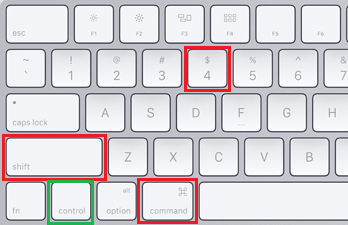
Step 2: On the dock, you’ll see Grab’s menu bar. You can also find it in the Applications folder. The command, shift, and five key combinations are required when using Mac OS Catalina. Although Mac screenshots are typical, you can take time-delayed screenshots using Grab as well. If you’re running older versions of MacOS, you can always drag the screenshots to the trash, make some modifications via commands, or use third-party apps, like the TinyTake for Mac app, which gives you more control over your screenshots.Grab is a Mac app that allows you to screenshot images. You can even click on those images to quickly edit them with the marking tools.

You can quickly group them using Batteries (right-click on the desktop and then check Use Batteries ) to sort your viewing area. For example, the screenshots saved on the desktop will be put together in the corner and spread across the screen. If you are running MacOS Mojave or Catalina, there are new editing and organizational tools at your disposal.

That’s handy for immediate reference, but if you’re going to take a lot of screenshots your desktop will quickly fill up with files with somewhat strange names. What happens once a screenshot is taken? In the case of the Apple operating system, your Mac will automatically mark the time and date the capture was taken and save it as a PNG file on your desktop. If that matters to you, then this is a very solid option. The Preview, on the other hand, opens the screenshot, allows you to make some modifications and save the file wherever you want. The other options in our list automatically save the screenshot to the desktop with a detailed file name.

However, the Preview offers an advantage.

In our case, we prefer the keyboard shortcut method to this method, because the first one is much faster. Step 4: In the drop-down menu, take your more on Take screenshot and choose if you will do it from a selection, from a window or from the full screen. Step 3: When the app is open, click File on the menu.


 0 kommentar(er)
0 kommentar(er)
